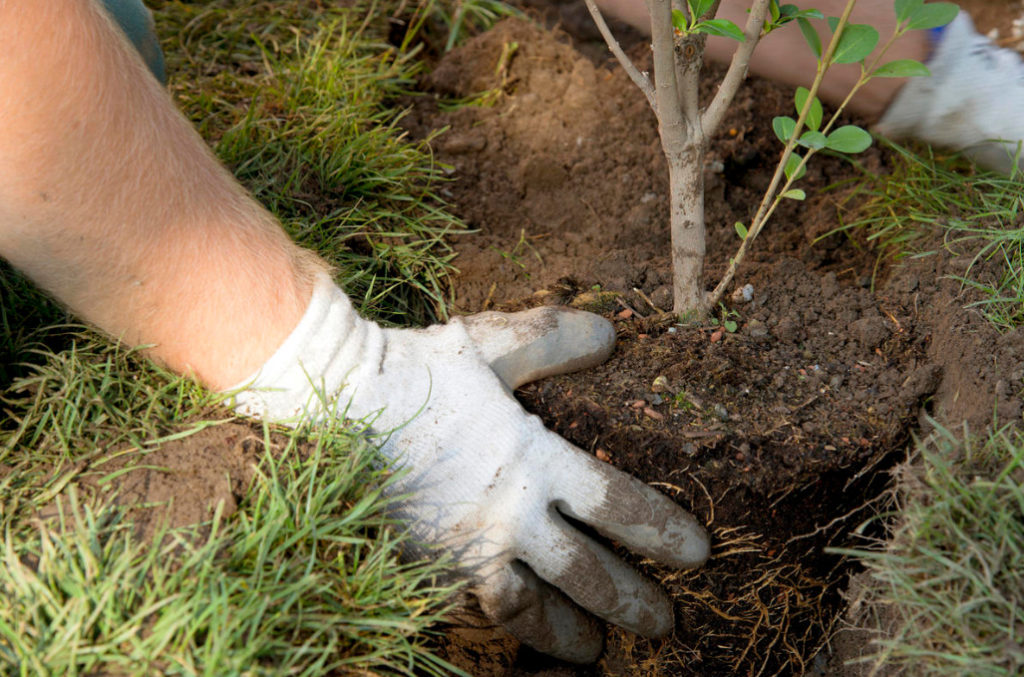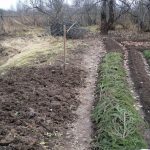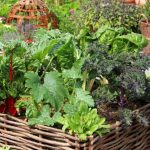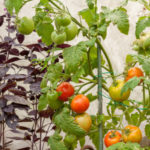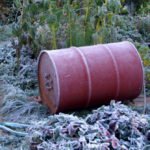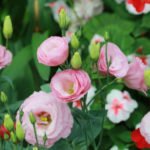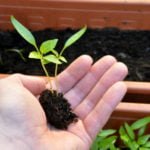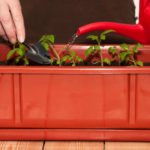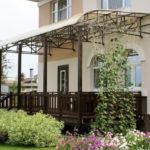Autumn planting has its own specifics. Ignoring this fact, you can do a lot of trouble, so today we remind you of some important rules, following which will avoid the typical fall mistakes.
The first rule: not everything should be planted in the fall
In autumn, you can not plant trees with bare roots, if one of the following statements applies to the seedling:
- this plant, due to its biological characteristics, does not tolerate transplantation;
- this variety or species of plant has a problem with winter hardiness in our climate;
- this tree is grown in a different climate zone and we have not wintered a single winter.
In the first case, we are talking primarily about deciduous trees with rod and little-branched root system. Transplantation with bare roots is very poorly tolerated and almost all conifers.
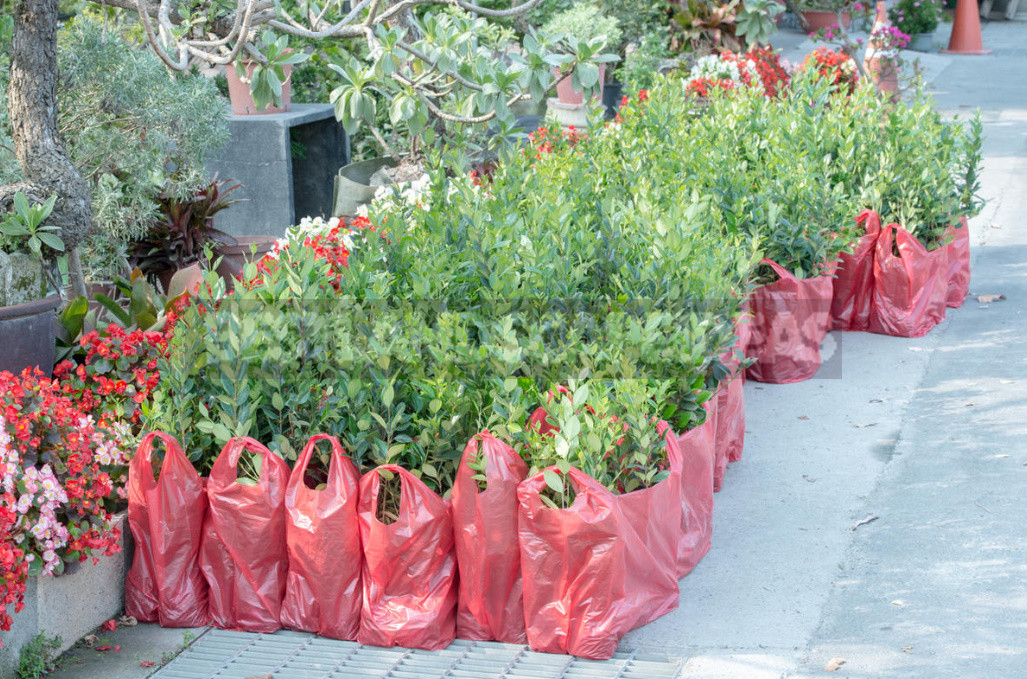
As for winter hardiness, here in the risk zone fall such trees as chestnuts and almost all fruit, except perhaps the most winter-hardy local varieties of Apple trees. A plant that has lost a significant part of the roots may not be able to reconfigure to other biological rhythms.
Container plants – whether trees or shrubs, deciduous or coniferous-can be planted in autumn. Only there is one “but”: if the tree is in the container for a long time, if its roots have outgrown the proposed volume and began to twist rings, the plant can take root badly. Roots in a twisted state will not be able to immediately begin to function at full capacity, so it is better not to buy such a plant for planting in the fall.
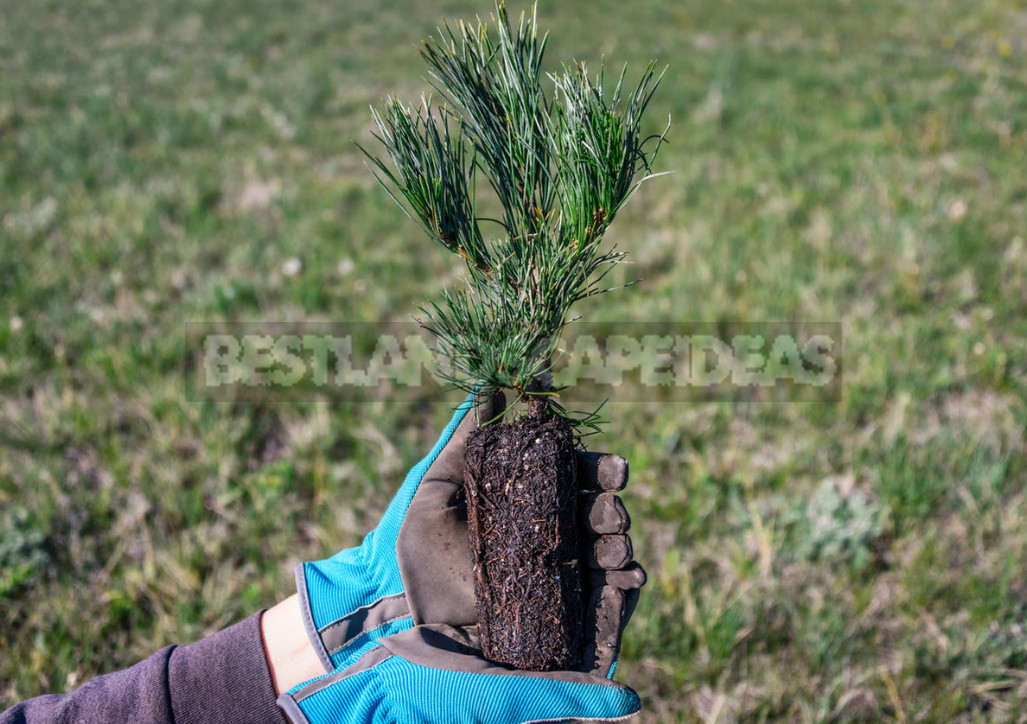
Trees and shrubs with a lump of land are transplanted in the autumn as well as container. But the state of coma it is necessary to study very meticulously if he was stomping, the earth crumbled, you are dealing actually with bare roots, only powdered soil, and it can be deadly to plants in all the cases listed above for this situation.
In General, a lump should be treated very carefully, trying not to injure him once again. If the lump is Packed in a grid (metal or thread) or in burlap, in any case do not try to get rid of them. This kind of packaging is made of materials decomposing in the ground and the growth of roots does not hurt.
The second rule: you can only plant what is no longer growing
During autumn planting, it is necessary to make sure that the growth of the selected plants in this season is over. Active vegetation is completed; if the apical Bud is formed, and shoots of woody throughout. Otherwise-when the tree goes into the winter before the end of the growing season-it necessarily freezes.
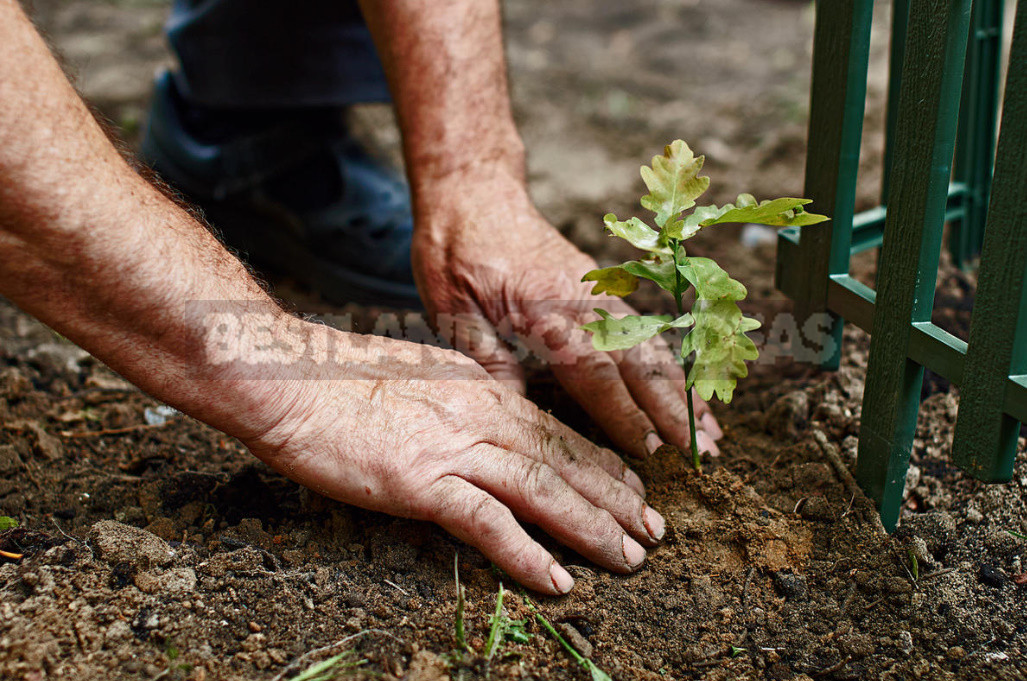
Especially careful should be when buying imported plants, as well as if the summer was very dry, and the rains came only in August. Plants from other climatic zones may not yet master the biological rhythms of the new terrain. And in dry years, the rapid vegetation often begins very late, only with August rains. And in the first, and in the second case, we get to the beginning of the planting season trees for the winter is not ready.
The third rule: do not be late with the timing of landings
It is believed that trees and shrubs with an open root system is better to plant until October 10, because the seedlings still have time to put young roots in a new place.
If the tree has time to form new roots in unfamiliar soil, its root system begins to function at full capacity, and all winter hardships transplanted plant will survive much easier. This is especially true for trees and shrubs that are hard to take root (see the first rule).
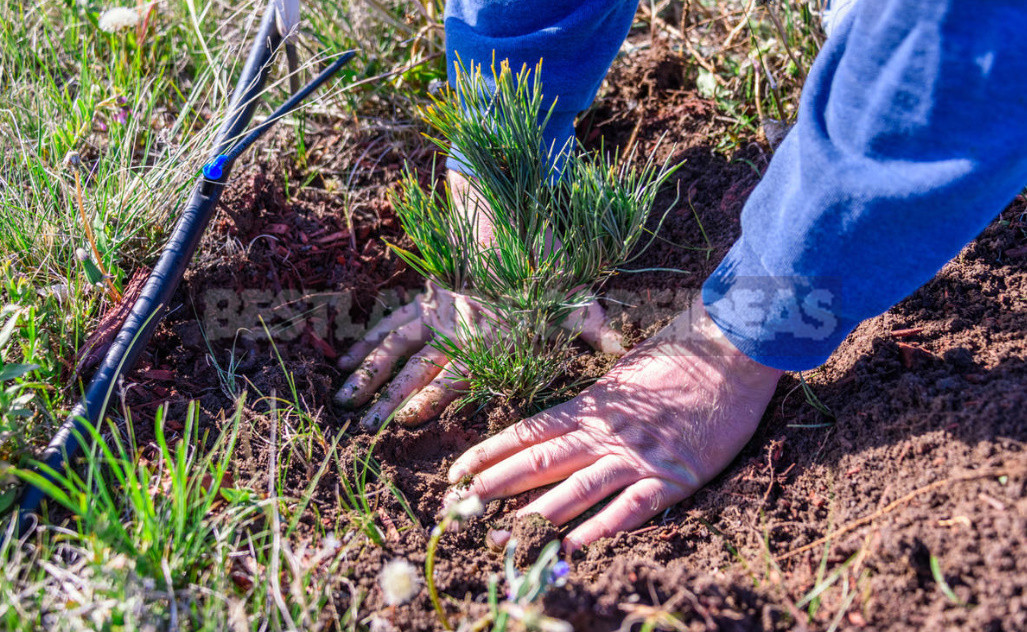
Of course, the timing of landings may shift slightly depending on specific weather conditions. So, in the abnormally warm winter which fell to us once enthusiasts continued to plant almost until the beginning of December, but it, of course, was already too big impudence.
The fourth rule: do not overdo it with fertilizers
This is a very important condition for a successful autumn planting. In autumn, only phosphorus fertilizer can be applied to the planting pit. Phosphorus promotes root formation and in high concentrations is safe for the plant. Nitrogen, potassium and calcium in high concentrations (and when fertilizing the planting pit, we get a high concentration of them) will not only not stimulate the growth of new roots, but, on the contrary, will seriously hamper the functioning of the existing root system. Introduced in the fall, these additives can be detrimental to the transplanted plant.
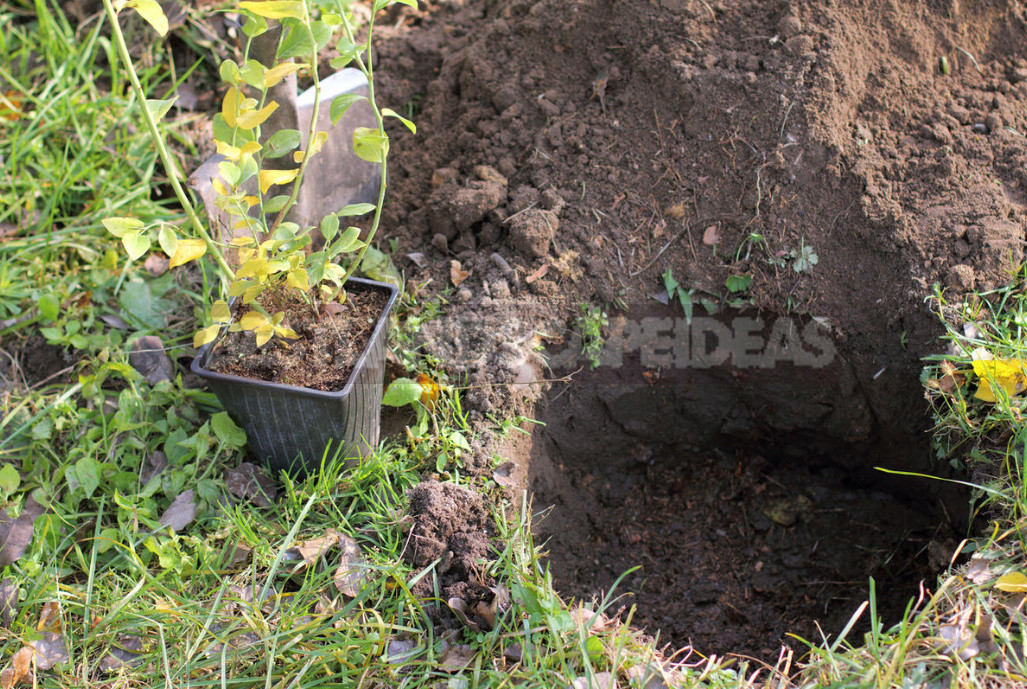
Accordingly, neither manure nor lime in the autumn for planting should not be added in any case. They can be made in advance, in the spring, under the General preparation of the soil.
The only thing that can still support the newly planted plant is root formation stimulants: root and humates. Preparations are diluted with water and made when watering in the quantities specified on the packaging by the manufacturer.
The fifth rule: landings need protection
When planting in autumn, do not forget about a set of measures that will help the plant survive the winter hardships. We are talking about mulching around-trunk circle, protecting the trunk from sunburn, mice and birds, the piling work.
Mulching with all sorts of organic materials-peat, crushed bark, sawdust, straw-saves the roots from frost and helps keep moisture in the soil.
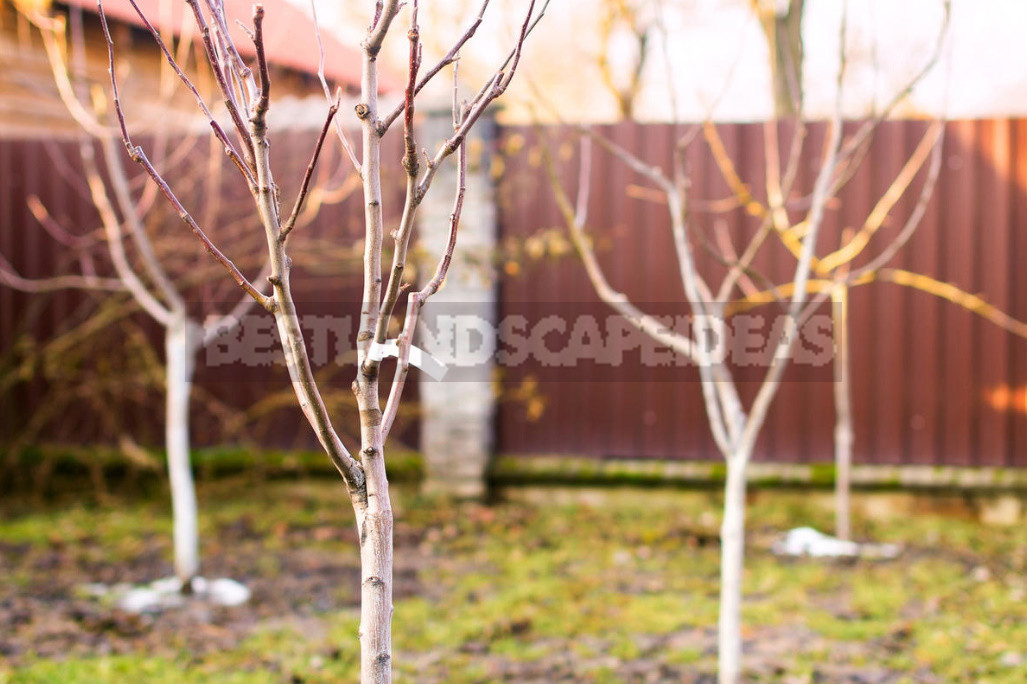
Warming the roots, think about fighting mice. After all, organic mulch will attract them very much. Be sure to protect the fruit and ornamental varieties of Apple, plum, pear. But we would advise all newly planted trees to provide protection, if possible. I had to see, for example, as mice had nibbled the cambium, even in the ash and Chinese poplars.
Actually, the protection itself is sold in the store — it is such a thin plastic spiral mesh that is worn on the stem. If you have a problem with hares on the site, a similar protection against hares also need to be purchased.
But from sunburn, the tree should be saved with the help of whitewash. It is best to use water-emulsion paint, preferably a special garden. If the whitewash does not include a fungicide, it would be good to add it — it will protect the tree from pests at the same time. At the end of February whitewash will not hurt to renovate, if the autumn rains washed it away.
Garter to the support of a tree planted for winter is mandatory! The tree in any case should not sway in the wind, driving the root system — in this case, rooting will be problematic. If the tree is small, one or two supports are enough; an adult plant needs a system of extensions.
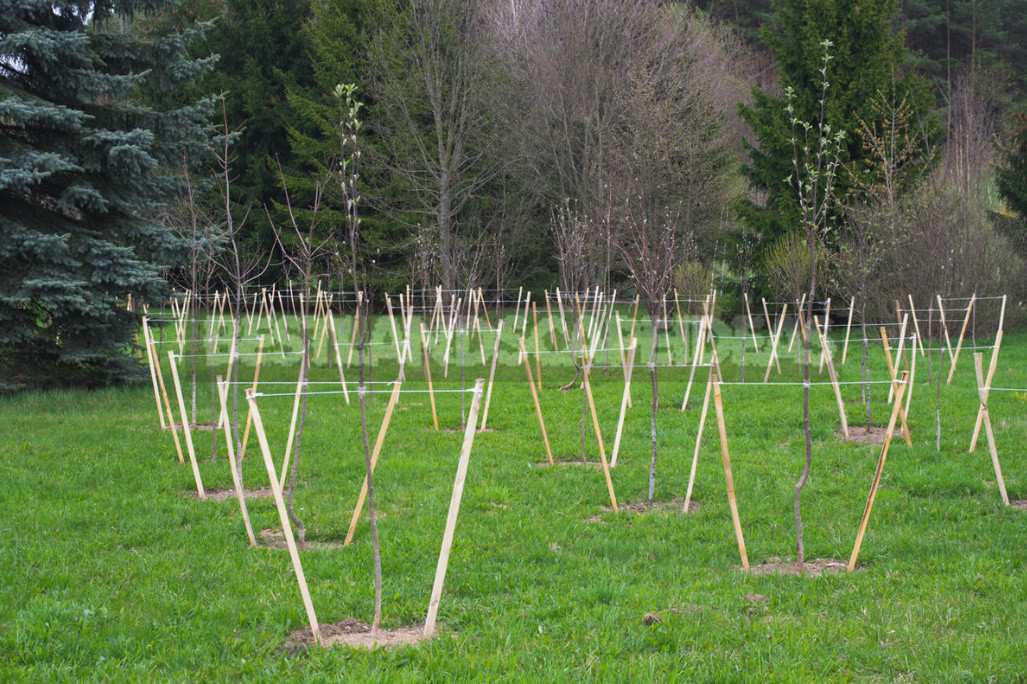
Finally, do not forget to protect the crown by tying it with twine. This is especially true for trees with pyramidal and columnar crown shape – for all those whose branches depart from the trunk at an acute angle. And twice as important for conifers with a similar shape of the crown. Shrubs also need to be protected.
Good luck with the planting!
